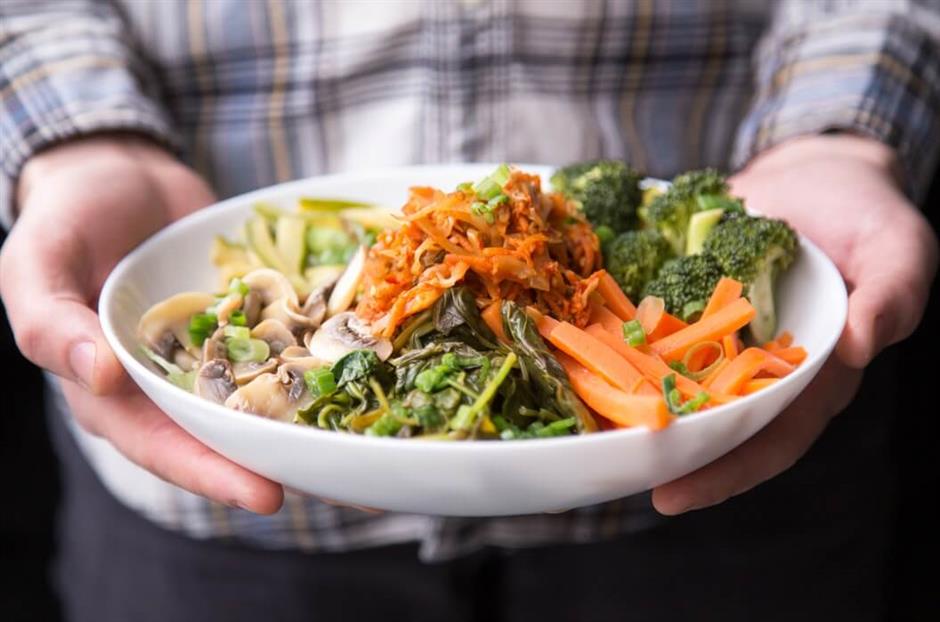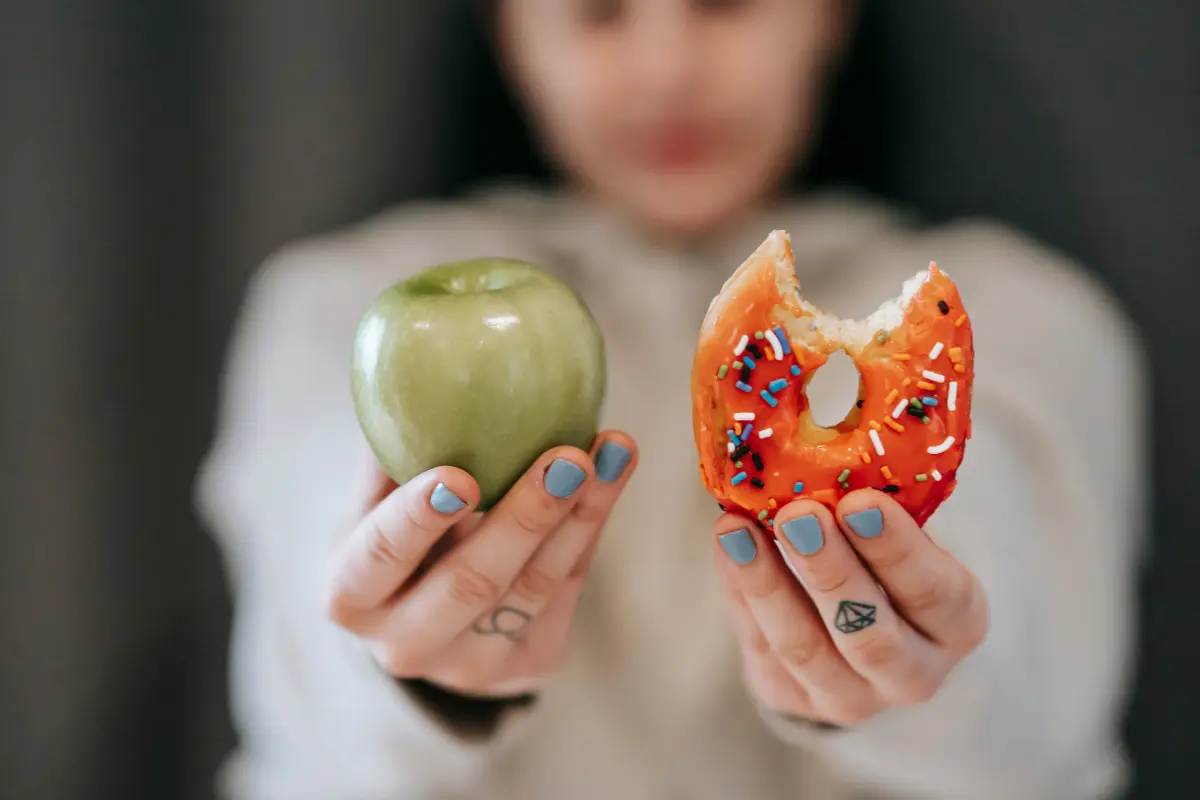
The colors on your plate do a lot more than make a great Instagram photo. They are also an excellent way to tell what minerals and other phytonutrients are in your meal.
Phytonutrients are substances found in plants (think fruits, veggies and whole grains) that are beneficial to overall health and disease prevention. Red, orange, yellow, green, blue, purple and even white: the more colors you get on your plate, the more nutrient variety you get in your body!
Here are a few of the many micronutrients and phytonutrients you’ll find in the colors you eat:
Red
- Anthocyanins – Antioxidants that help limit cellular damage and decrease risk for stroke, cancer, heart disease and memory problems.
- Lycopene – An antioxidant that may help lower risk of heart disease and cancer.
- Vitamin A – Promotes eye health, tissue healing, and skin health.
- Vitamin C – Supports a healthy immune system.
- Potassium – Important in nerve transmission, cell membrane health, and cardiac function.
- Folate – Essential for cellular growth and helps balance mood and energy.
Food examples: Red cabbage, chili powder, tomatoes, cherries, raspberries, grapefruit, and watermelon.
Orange & Yellow
- Carotenoids (like beta-carotene and alpha-carotene) – Improve immune function and lower risk for heart disease, cancer, and vision problems.
- Folate – Essential for cellular growth and helps balance mood and energy.
- Potassium – Important in nerve transmission, cell membrane health, and cardiac function.
- Vitamin C – Supports a healthy immune system.
Food examples: Ginger, citrus, cantaloupe, squash, sweet potatoes, carrots, peaches, mango, and corn.
Advertisement
Green
- Isothiocyanate – Supports healthy enzymatic activity in your liver and improves detoxification.
- Lutein – Promotes eye health by preventing cataracts and macular degeneration.
- Isoflavones – Enhances memory; may decrease the risk of cancer and can aid in combating menopausal symptoms.
- Vitamin K – Helps transport calcium (so it is essential for bone health) and is necessary for blood clotting.
- Vitamin A – Promotes eye health, tissue healing, and skin health.
- Vitamin C – Supports a healthy immune system.
- Folate – Essential for cellular growth and helps balance mood and energy.
Food examples: Arugula, peas, broccoli, collard greens, spinach, kale, Brussels sprouts, parsley, salad greens and green and black teas.
Blue & Purple
- Resveratrol – Helps decrease inflammation, especially in cardiac muscles.
- Anthocyanins – Antioxidants that help limit cellular damage and reduce the risk for stroke, cancer, heart disease and memory problems.
- Potassium – Important in nerve transmission, cell membrane health, and cardiac function.
- Folate – Essential for cellular growth and helps balance mood and energy.
- Vitamin C – Supports a healthy immune system.
Food examples: Beets, eggplant, blueberries, grapes, blackberries, purple potatoes, cocoa and red wine.
White
- Allicin – Has antiviral and antibacterial properties.
- Niacin (vitamin B3) – Assists in DNA repair, supports cellular signaling, controls cholesterol.
- Riboflavin (vitamin B2) – Acts as an antioxidant, supports liver detoxification and iron absorption and is involved in the production of red blood cells.
- Potassium – Important in nerve transmission, cell membrane health, and cardiac function.
- Vitamin C – Supports a healthy immune system.
- Folate – Essential for cellular growth and helps balance mood and energy.
Food examples: Garlic, parsnips, onion, coconut, apple, and rutabaga.
What now?
Try to incorporate at least one cup of each color daily, and grab for the richest colors you can (a dark purple eggplant will have more nutrients than a lighter one). The more colors on your plate, the better!
For more ideas on how to incorporate veggies into your day, check out:
8 Creative and Delicious Ways to Enjoy Vegetables
Eat a Vegetable with Each Meal
Advertisement
Schedule a Free Intro Call
Working Against Gravity has led the macro tracking and health space for over a decade. Our team doesn’t just understand the science of nutrition—we’ve spent years mastering the art of tailoring it to fit your life. That means no cookie-cutter plans, just real strategies that have worked for over 30,000 people.
Schedule a free call with our team to learn how working with a 1-on-1 WAG coach will help you reach your goals.



